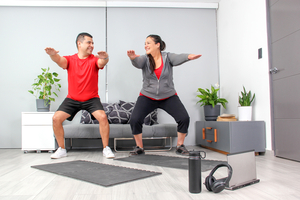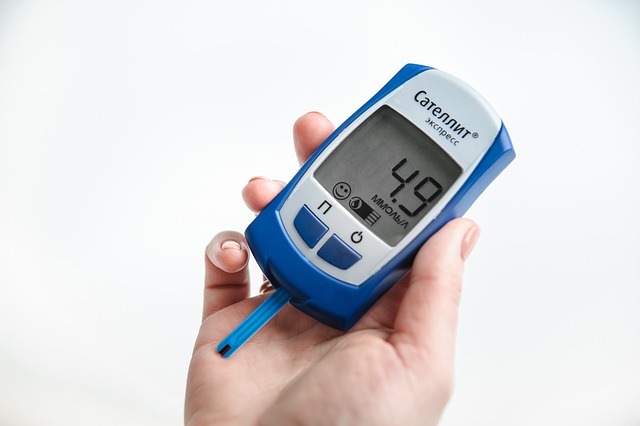Lark DPP talk about moderate-intensity physical activity - a lot. You can greatly lower your risk for type 2 diabetes if you get in at least 150 minutes per week of moderate to vigorous-intensity physical activity. Lark DPP mainly focuses on moderate-intensity activity, such as brisk walking or leisurely cycling.
The other part of "moderate to vigorous-intensity activity" is the "vigorous" part. The check-in mentioned that it gets your heart pumping faster and you get a little breathless, but what else do you know about it? It is not just for elite athletes, and you may be able to sprinkle in a bit of vigorous activity yourself with big bang for the buck.
Why Go Vigorous?

If moderate-intensity is good, why should you care whether you also get in some vigorous-intensity activity? The answer is that you can get even more from your workouts, and the benefits come regardless of your weight.
- Lower blood pressure
- High life expectancy
- Lower chronic inflammation
Oh, and have you ever found yourself short on time? You can burn your calories and get some other benefits faster when you exercise more intensely. If you can go hard enough (while staying safe), you can cut your workout time in half.
Ways to Up the Intensity (for Mere Mortals)

You do not have to be a college or pro athlete, or a celebrity with a personal trainer, to exercise vigorously. As Lark mentioned in the check-in, you can put some "oomph" into your workout to change it into a vigorous-intensity session. You can plan a whole "vigorous" workout, such as running instead of walking, or sprinkle some higher-intensity work into your regular workout to get the benefits of vigorous activity.
For example…
- Go as fast as you can for 15 to 30 seconds at a time on your piece of cardio equipment, such as an elliptical trainer, rower, or stationary bicycle. Then slow down (without stopping) for about a minute or until you have recovered, and repeat a few times until you are done with your workout.
- Do the same thing on a treadmill, but instead of going faster, try upping the incline for your "hard" segments.
- Add a set of calisthenics, such as jumping jacks or pushups, or plyometrics, such as high skips, squat jumps or high knees, every so often as you take a brisk walk.
- Hop on a stationary bike or elliptical trainer and go hard for up to a minute in between sets while you are lifting weights.
As long as you have your doctor's go-ahead, you can add some vigorous-intensity activity to your workouts. It may even make you feel more empowered and motivated as you continue with Lark DPP.











.webp)








